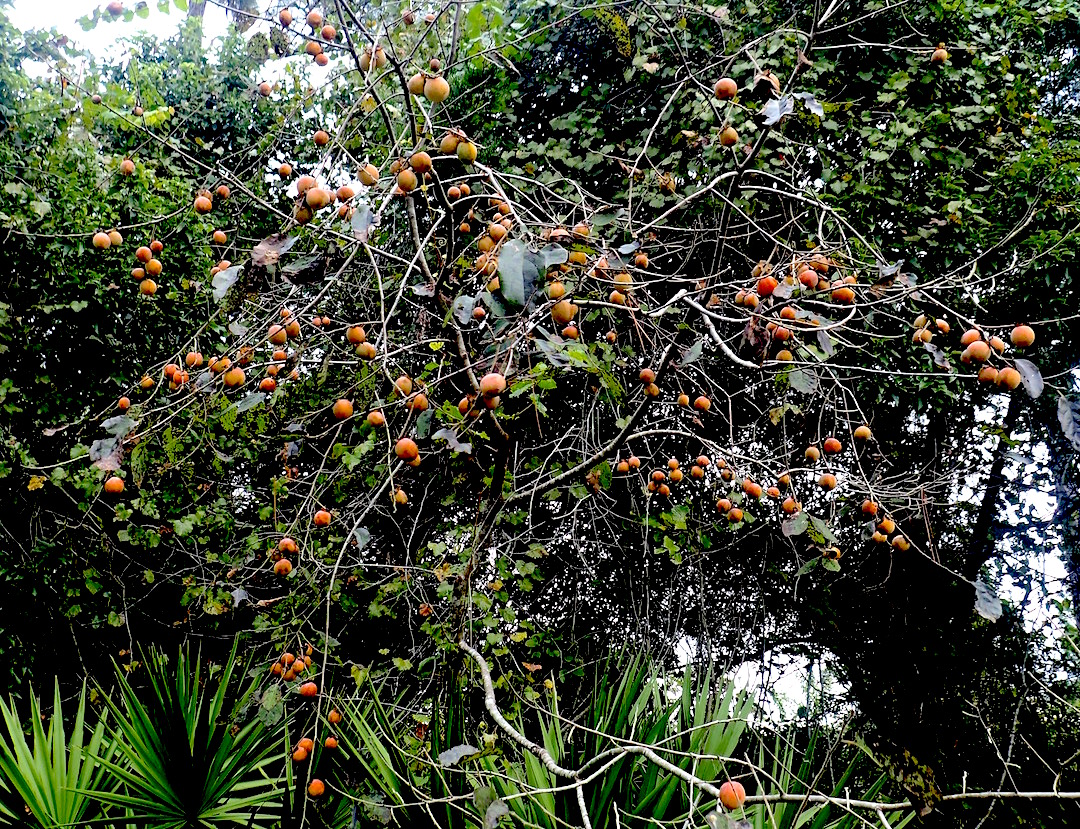
Persimmons are ripening. Now is the time to find the trees. Photo by Green Deane
There are many reasons to forage, and learning to forage is a progression. Some people are just curious about the world around them. Others have definite goals such as finding food independently of others. Some are looking for what wild plants can provide. That can be different flavors, textures, nutrition and combinations of nutritional elements. There is also bacterial diversity, non-modified genetics, and an absence of man-made chemicals. For some eating more like your ancestors make more health sense than eating highly processed modern food.
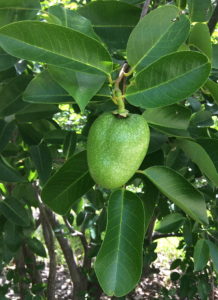
The Annona fruits are ripening. Photo by Green Deane
And there is a progression in the learning, or so I think. It’s usually starts with what we call weeds, small herbaceous green things around where we live. That takes a while. One problem is everyone wants to identify all the plants they see rather than actually looking for specific edibles. That makes the job harder. An easier way is to look for one edible or so per month when it is in season. About the time we are comfortable with low plants there are trees. They seem like difficult hunks and hard to tell apart. But trees nurtured humanity. The forest was not the dark dangerous place of fairy tales but ancient man’s grocer story, hardware store and pharmacy.
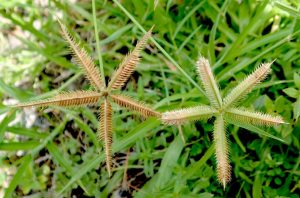
Non-native Crowfoot grass is easy to identify. Photo by Green Deane
After one gets a few trees down the next huge challenge is grass. The challenge of grasses is an almost completely new argot description and very small if not microscopic identification elements. Grasses are a pain in the … grasses. They can be extremely difficult. I am told by professors that grass taxonomists are so rare they can name their price and their employment is completely guaranteed. If you know a young person with an interest in biology it could be a good career. With grasses I am happy if I get the genus right, and a few of the species. The saving grace is, according to grass experts, there are no toxic native North American grasses. But many non-native grasses can be toxic.
After weeds, trees, and grasses comes fungi… Personally I think grasses are more difficult than mushrooms to identify but mushrooms tend to carry a greater threat. One difficult aspect of mushrooms is they can be highly seasonal and only around for a short time. You can study an oak tree for years, chanterelles might be here for just a few days. I take my time with mushrooms. Often it is years between me finding a species, leaning about it and eventually eating it. I don’t rush mushrooms. Mistakes with them are not as forgivable as with some other plants.
As many of you know I ride a little over 100 mile a week, on a two-wheel bicycle and a three-wheel trike. The latter puts one in the right position to see a lot of edible (without crashing or falling off.) I have been seeing a lot of fruiting persimmon trees. Some just beginning to ripen but most still a month off or more. And right now Horsemint is very noticeable and easy to find. Not to be forgotten are grapes. They are early this year and you should be able to find them easily now. Remember, all grape seeds are tear-drop shaped.
Upcoming Foraging Classes:
Saturday, Sept 10th, Red Bug Slough Preserve, 5200 Beneva Road, Sarasota, FL, 34233. 9 a.m..
Sunday, Sept. 18th, Blanchard Park, 10501 Jay Blanchard Trail, Orlando, FL 32817. 9 a.m.
Sunday, Sept. 25th, John Chestnut County Park: 2200 East Lake Road, Palm Harbor, FL 34685. 9 a.m.
To learn more about the classes go here.
All of Green Deane’s videos are available for free on You Tube. They do have ads on them so every time you watch a Green Deane video I get a quarter of one cent. Four views, one cent. Not exactly a large money-maker but it helps pays for the newsletter. If you want to see the videos without ads and some in lightly better quality you can order the DVD set. It is nine DVDs with 15 videos on each. Many people want their own copy of the videos or they have a slow service and its easier to order then to watch them on-line. They make a good gift for that forager you know. Individual videos can also be ordered. You can order them by clicking on the button on the top right of this page or you can go here.
Want to identify a plant? Looking for a foraging reference? Do you have a UFO, an Unidentified Flowering Object you want identified. On the Green Deane Forum we chat about foraging all year. And it’s not just about warm-weather plants or just North American flora. Many nations share common weeds so there’s a lot to talk about, such as the one to the left. There’s also more than weeds. The reference section has information for foraging around the world. There are also articles on food preservation, and forgotten skills from making bows to fermenting food. You can join the forum by clicking on the button on the upper right hand side of this page.
This is Newsletter 223.
If you would like to donate to Eat The Weeds please click here.

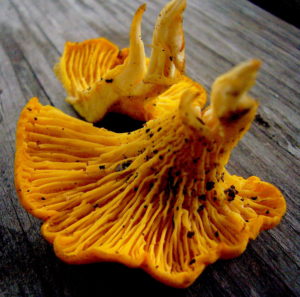
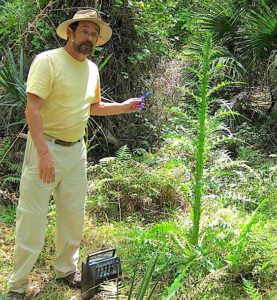
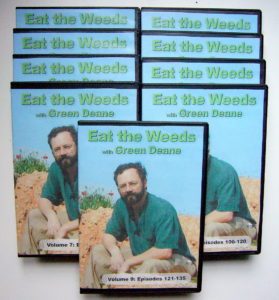
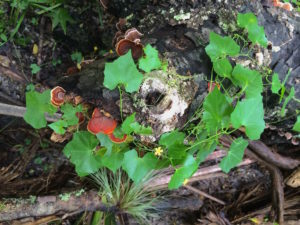

Deane,
Great newsletter, website, and videos. I found you about 3 years ago on you tube and have subscribed and watched all of your videos. (Probably made you about a dollar, woohoo!) I have turned you on to my friends also. Keep it coming and Ill keep subscribing. Thanks
Quick question- I live in northern Illinois, but have run across photos of ganoderma palm butt rot while researching medicinal fungi. They look like red reishi. I know both red reishi and butt rot are ganodermas, but are they the same species? As often happens with the internet, I’ve found several different claims as to the species name of butt rot but can find nothing pro OR con about it’s medicinal value, if any.
No they are not the same species… and whether the different species have different medicinal quality is hotly debated. Asian ones have been researched, North American ones less so. Thus while there could be a difference in efficacy no one really knows.
As many American Adult males over 60, I find it difficult to get enough exercise and continue a good diet, thus that old spare tire starts to develop, I recently discovered a new hobby. I have a metal detector and I walk miles in search of that waiting burred treasure that lies in wait out there somewhere just for me to uncover. The great added benefit to this new hobby is that of foraging along the way. Surprising how many edibles I come across while roaming the countryside. I enjoy foraging anyway but now there is a possible added benefit.
The pawpaws are ripening right now in North Georgia. And, as you noted, so are the persimmons! Whopee…..